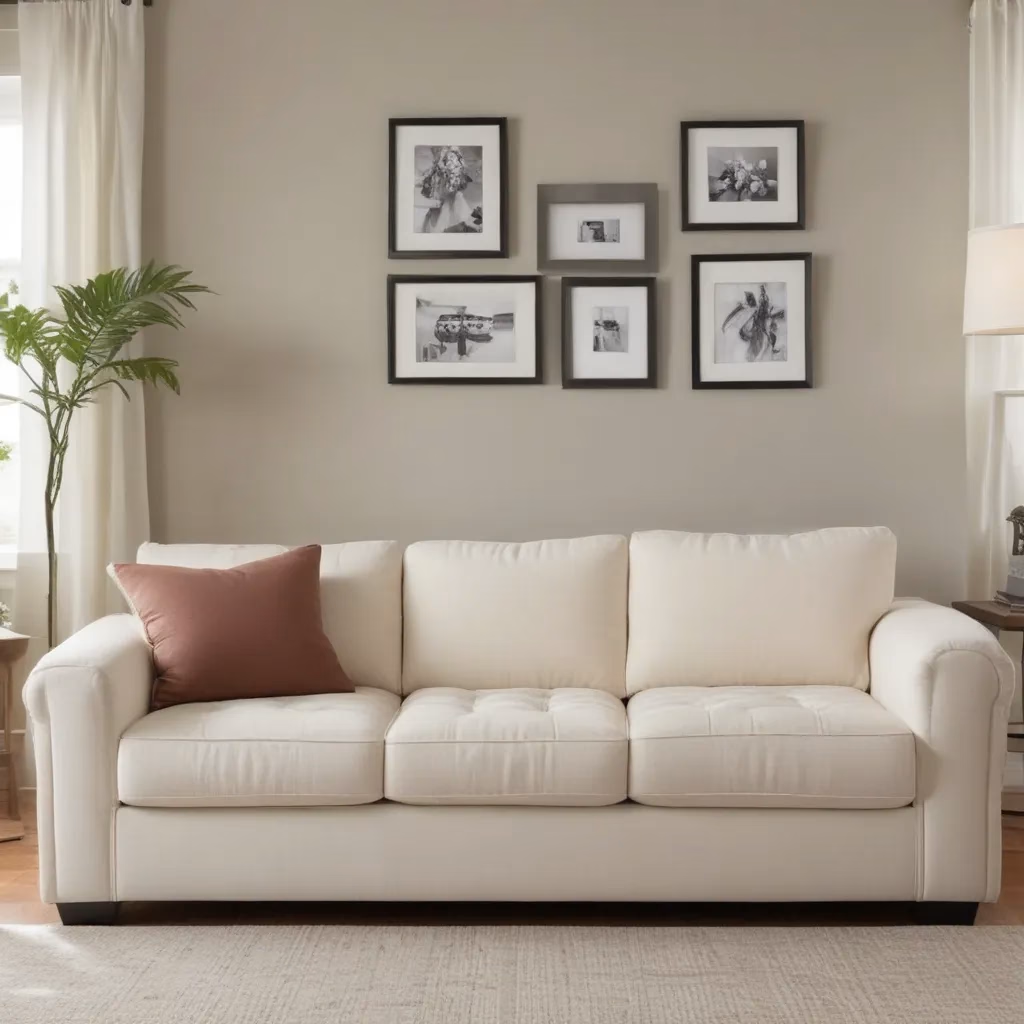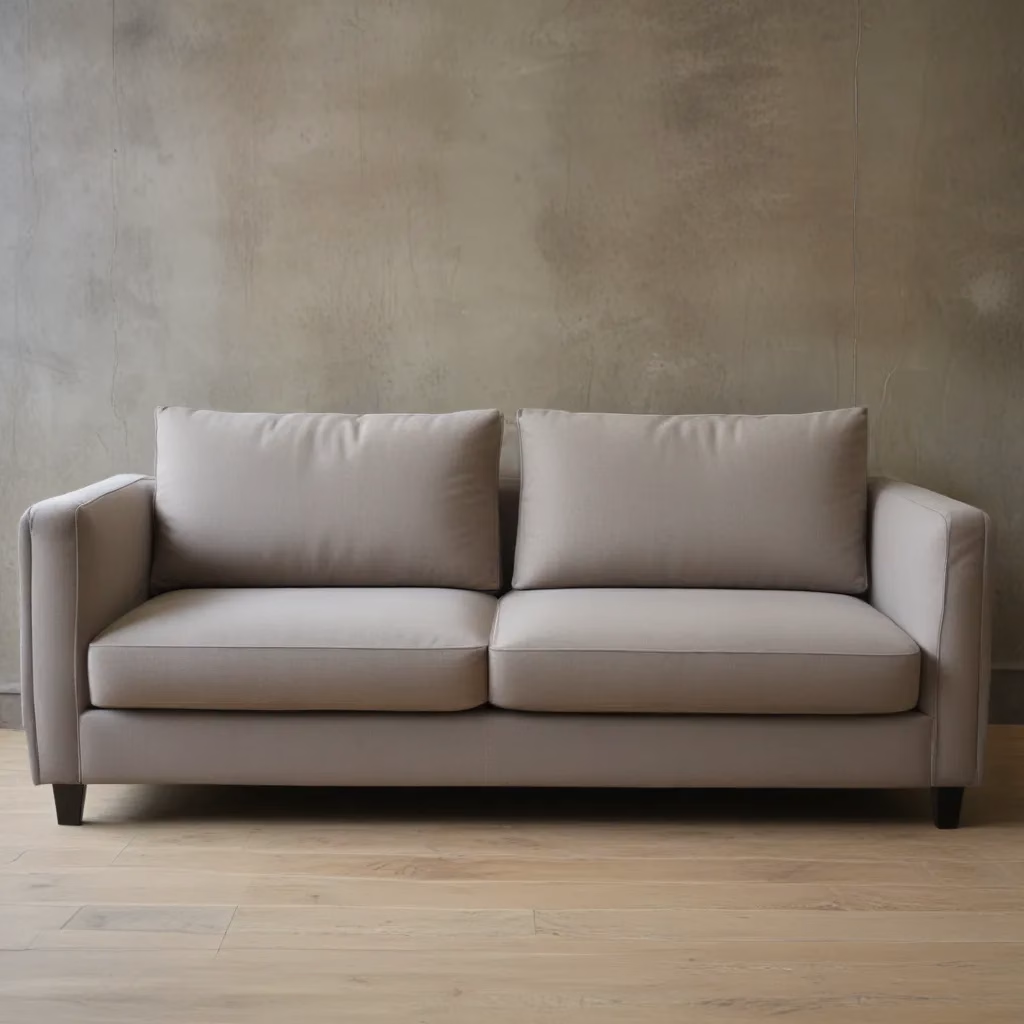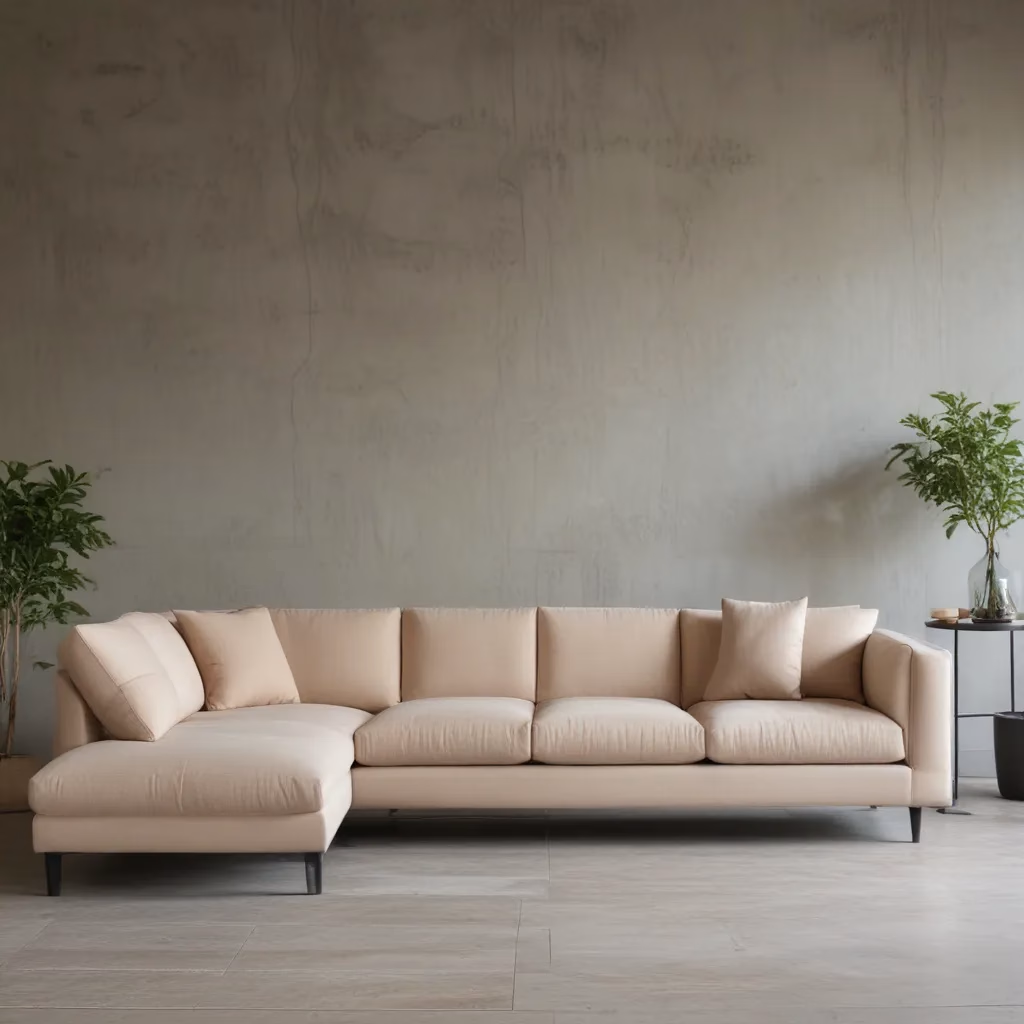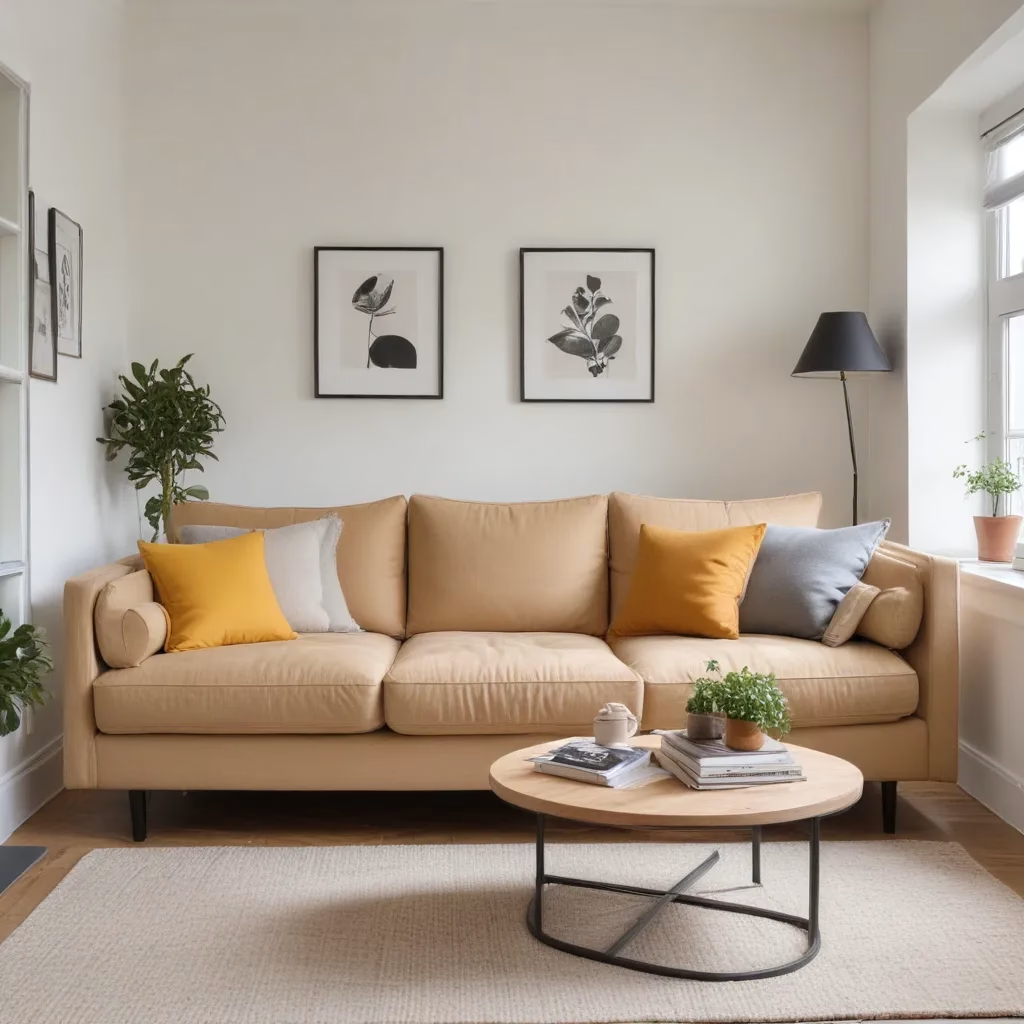
Troubleshooting Sofa Buying Dilemmas for Small Spaces
Finding the perfect sofa for a small living room can sometimes feel like an impossible puzzle. In our 15 years installing… How do you maximize seating capacity while still maintaining an open, airy aesthetic? What upholstery materials stand up best to daily wear-and-tear? And where on earth do you even begin when it comes to furniture arrangement?
Now, this might seem counterintuitive…
As an experienced furniture consultant and interior design writer, I’ve helped countless clients overcome these common small-space conundrums. In this comprehensive guide, I’ll share my top tips for choosing the right sofa, maintaining its beauty and comfort, and beautifully arranging your living room for both style and function.
Choosing the Right Size and Shape
The first and most crucial step is determining the appropriate sofa size for your room. Measure your available floor space carefully, then compare that to standard sofa dimensions. As a general rule, your sofa should be at least 6 inches shorter than the room’s width to allow for walkways and clearance around the piece.
For small living rooms, sectional sofas or loveseat-and-chair combinations are often better space-saving solutions than a single full-size sofa. Not only do they provide more total seating, but their L-shaped or modular designs can be arranged in a variety of configurations to suit the room.
Pay close attention to the sofa’s depth as well. Pieces deeper than 40 inches can make a compact room feel crowded and closed-in. Opt for a more streamlined, shallower profile in the 35-to-38-inch range instead. This will visually open up the space while still offering comfortable lounging.
When it comes to sofa shape, scale is key. Bulky, overstuffed silhouettes tend to overwhelm small interiors. Look for slim, low-profile designs with simple, clean lines. Tufted backs and rolled arms can work, but be wary of anything too ornate or heavy-looking.
Fabric and Upholstery Selection
Durability is paramount when choosing upholstery for a high-traffic small-space sofa. Performance fabrics like microfiber, polyester, or tightly-woven cotton blends are excellent choices as they resist stains, fading, and pilling. Choose a medium-to-dark hue that won’t show dirt as easily.
Texture is another important consideration. Smooth, flat-woven fabrics like linen or velvet can visually expand a compact room, while textured options like chunky bouclé or tweed add visual interest and a cozy, lived-in feel. Avoid overly delicate or high-maintenance upholstery.
When possible, opt for removable, machine-washable slipcovers or cushion covers. This makes spot-cleaning and routine maintenance a breeze. You can even switch out the covers seasonally for a quick room refresh.
For a custom look, consider reupholstering an existing sofa in a durable, on-trend fabric. This is an affordable way to breathe new life into an older piece and tailor it to your exact needs and style preferences.
Multipurpose Furniture Arrangement
Maximizing function in a small living room often comes down to strategic furniture placement. Start by positioning your sofa or sectional in a way that allows for easy traffic flow – maybe floating it away from the walls or angling it slightly.
If space is extremely tight, look for a sofa with built-in storage underneath the seat cushions. This provides a hidden spot to stash extra throw blankets, magazines, or seasonal decor. Alternatively, pair your sofa with a roomy storage ottoman that can double as a coffee table.
Swivel chairs are another smart pick for small spaces, as they allow you to easily adjust seating positions for conversation or TV viewing. Tuck a pair of these versatile chairs into cozy conversation nooks or position them to flank the sofa.
When it comes to side tables, choose slim, petite profiles that won’t visually overpower the room. Nesting tables or C-shaped side tables that can slide right up to the sofa arm are excellent space-saving options.
Finally, don’t forget about vertical space! Mount the TV high on the wall to free up floor area, and use tall, slender bookcases or shelving units to store display items without encroaching on valuable square footage.
Layering for Comfort and Style
Once your sofa and furniture arrangement are in place, it’s time to start styling. Plush, oversize throw pillows in a variety of patterns, textures, and sizes are a might want to for enhancing seat comfort and visual interest. Layer in a soft, chunky knit throw blanket for extra coziness.
Grounding the space with an appropriately-scaled area rug in a low-profile, flat-weave texture can also help define the seating zone and make the room feel more pulled together. Just be sure to measure carefully – an undersized rug can make a small room feel even smaller.
Accent the sofa with a few thoughtfully-placed decorative objects like art, plants, or sculptural vases. But resist the urge to overload the space. Stick to just a handful of meaningful pieces for a clean, curated look.
Proper lighting is crucial in small living rooms as well. Incorporate a combination of ambient, task, and accent lighting to create a warm, inviting glow. Opt for floor lamps with slim profiles that tuck neatly into corners, or pendants and sconces that mount to the walls to save precious floor space.
Budgeting and Furniture Buying
When it comes to small-space sofas, quality construction is key. Look for pieces with solid hardwood frames, double-doweled joints, and high-density foam cushions that will hold up to regular use. Avoid anything too lightweight or flimsy.
That said, you don’t necessarily need to max out your budget. Many direct-to-consumer furniture brands like Wayfair, Joybird, and Burrow offer stylish, well-made sofas at relatively affordable price points. Be sure to compare reviews, dimensions, and fabric options.
If your heart is set on a high-end designer sofa, try to find it secondhand on sites like eBay or Facebook Marketplace. You may be able to score a gently used, premium piece for a fraction of the retail cost. Just be sure to inspect it thoroughly before purchase.
No matter where you shop, measure your space multiple times and use painter’s tape to map out the sofa’s footprint on the floor. This will help you visualize how the piece will fit – and avoid any unpleasant surprises when it arrives.
Ultimately, the perfect small-space sofa is one that checks all the boxes: durable, visually streamlined, and strategically arranged to maximize your living room’s potential. With a little upfront planning and creativity, you can transform even the most cramped quarters into a cozy, comfortable haven.
Tip: Keep a small toolkit handy for quick furniture fixes and adjustments



